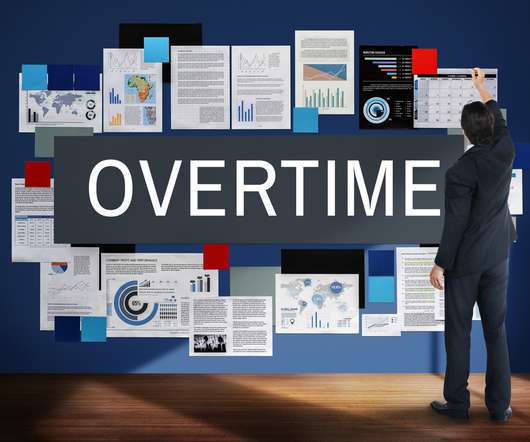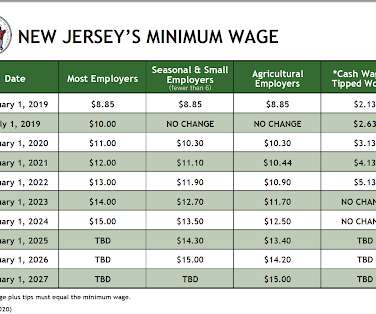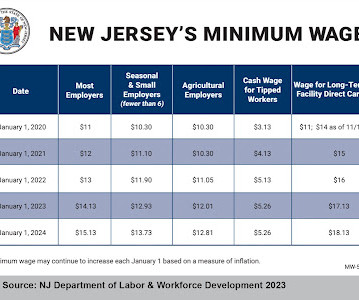Why Today’s Incentive Thinking Is Different
Achievers
MAY 17, 2018
Employees were frequently paid at a piece rate, providing them with a straightforward pay incentive to be as productive as possible. The examination of work incentives really began in the “ scientific management era ” from the late 1800s to about 1920. When the innovation of pay by the hour or day was introduced, it was controversial.
















Let's personalize your content